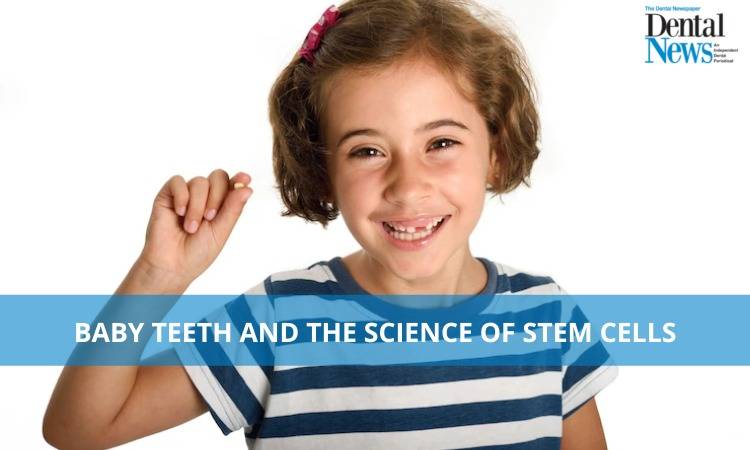
Your child's baby tooth is capable of doing big things. Baby teeth are being harvested for stem cells at a bigger scale than ever, and now most research is being directed toward using stem cells to come up with different medical treatments. But did you know the science behind stem cells?
What Are Stem Cells?
Stem cells are a group of organisms that have the capacity to regenerate and renew themselves into multiple cell types. These cells can be used for tissue regeneration, organ growth, and the maintenance of different kinds of cellular activity. These specialized cells have the potential to repair and replace specific organs and tissues.
Stem cells have two unique characteristics which make them different from other cells in the body. Their capacity to regenerate and replicate themselves for life and their ability to differentiate into specific cell types. These two properties not only make these cells immortal but also allow them to be used for various treatment options.
Types Of Stem Cells
The stem cells are divided into two broad groups, embryonic cells and adult stem cells. Embryonic cells are harvested from the embryo and the placenta. Meanwhile, adult stem cells are present in different organs as a niche, including the liver, bone marrow, adipose tissue and baby teeth. While stem cells from different organs are being harvested and used for different treatment modalities, baby teeth are the most common source of stem cells.
Baby Teeth - A Source of Stem Cells
The pulp of the baby teeth contains mesenchymal stem cells - a particular type of stem cells which can differentiate into multiple cell types. Mesenchymal stem cells can regenerate muscle, cartilage, liver, neural cells, and bone. These cells are also used for regeneration in different medical procedures.
However, the pulp is not the only source of stem cells. Dental stem cells can also be taken from the periodontal ligament, dental papilla, dental follicle and apical papilla.
Among all the sources, baby teeth are the most convenient and readily available source of stem cells, making them one of the more accessible sources to harvest cells on a large scale.
Stem cells have also been used to re-grow new teeth. In 2011 a research group in Tokyo got successful in developing an adult tooth developed from a bioengineered tooth germ. The grafted tooth could do normal physiological functions, including mastication, periodontal ligament remodelling, and responsiveness to noxious stimuli. The research provided a stepping stone for the development of bioengineered mature organs.
Applications of Stem Cells
While dental stem cells are used for both dental and medical treatment modalities, some of the most common ones are listed below.
Dental Applications
● Pulpal regeneration
● Craniofacial reconstruction
● Engineering of new teeth
Medical Applications
● Corneal repair
● Lamellar bone regeneration
● Treatment of liver disease
● Spinal cord regeneration
● Treatment of stroke
While the use of dental stem cells has been applied in scientific research for the development of treatment modalities, it is believed that, in the near future, this practice will become more common and will represent a significant advance in dentistry.
With the creation of public dental stem cell banks, the availability of dental stem cells has become more common. For parents saving their child's baby tooth for stem cells is an excellent way of securing their child's future.

Dr Rida Qamar
The author is contributing writer at Dental News Pakistan and can be reached at Ridaqamar100@gmail.com

